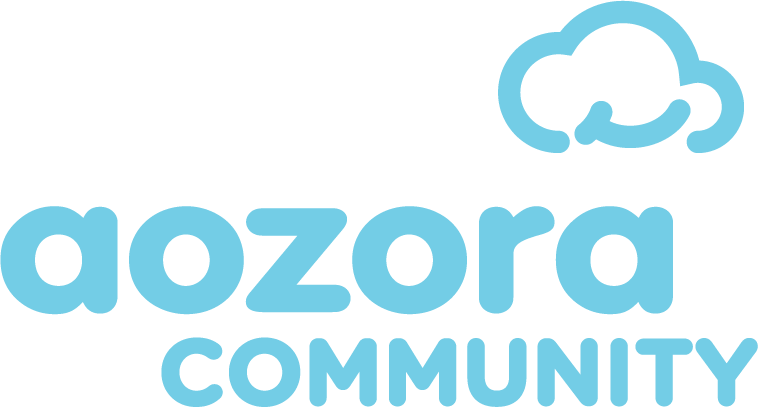Self-Portraits: Studying about "Me"
Preschool Program Newsletter: September 2023
Each month, all of the children will engage in an activity across the four classes to demonstrate how children develop each year and what is age- appropriate for each class level. In September, each child made a self-portrait.
Making self-portraits will support children’s communication/language development. The children will begin to label their facial features such as eyes め, nose はな, mouth くち, and ears みみ, as well as talking about the colors, shapes, and textures that they see in their skin, hair, and eyes.
This activity showcases the children’s fine motor and eye-hand coordination skills, including how to manipulate materials, how to hold drawing tools, and how to place each facial part on a face. This is why each class used different materials and techniques to complete this activity.
Self-portraits show children’s perception of themselves and help develop their self-concept. The details of their self-portraits (through drawing or collage) increase as their awareness of the world expands, which changes each year. Most importantly, children enjoy expressing themselves through art and finding out how unique and special they are. This will lead to a celebration of diversity and a celebration of “me.”
すずめ組 Suzume
The 2-year old children in Suzume decorated their photo with markers and watercolor paints. When they observed their face in a photo, they reviewed the name of each facial part with their teachers.
ひばり組とうぐいす組 Hibari & Uguisu
The 2.5-3-year old children in Hibari and Uguisu created their first self-portrait with collage. After they observed themselves in a mirror, they chose a skin color that matched theirs. Their eye-hand coordination allows them to place and glue each facial part on their face. They also colored their eyes with markers.
つばめ組 Tsubame
The 4-year-old children in Tsubame have more advanced fine motor skills that they could draw themselves with crayons. Since they have an English Day, they learned the name of face parts both in English and Japanese. With their advanced eye-hand coordination, they drew facial parts on a proper spot on their face after observing themselves in the mirror.
